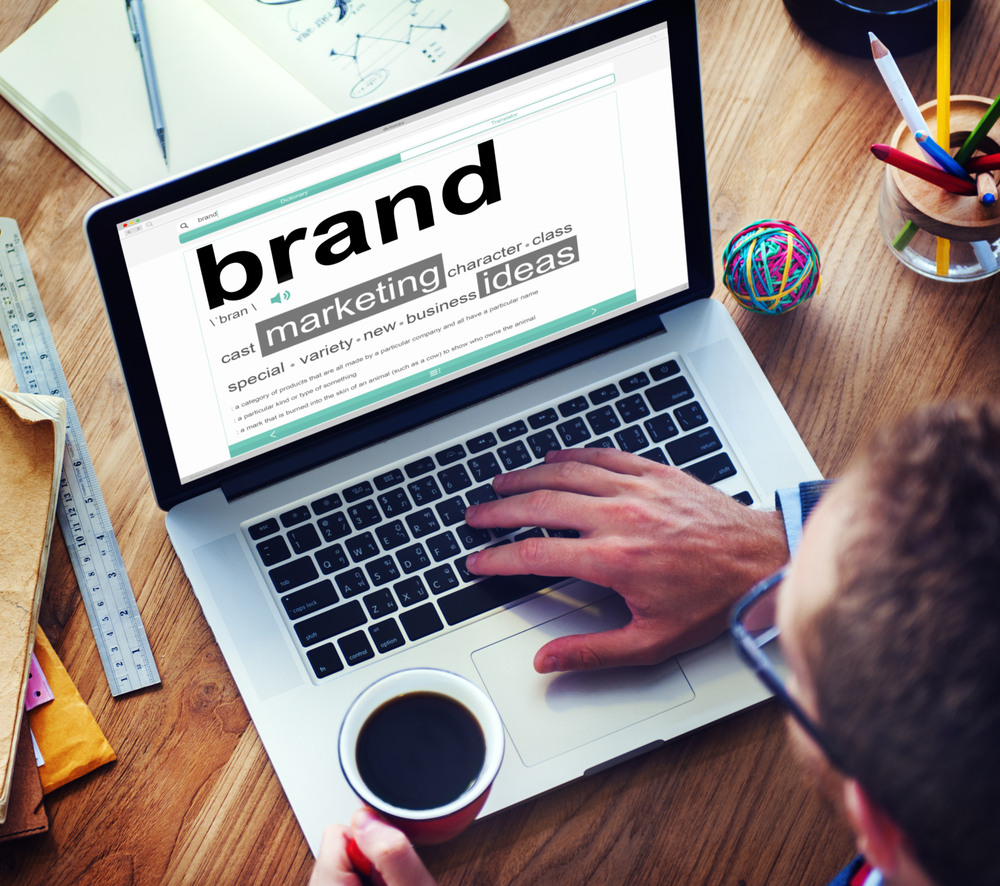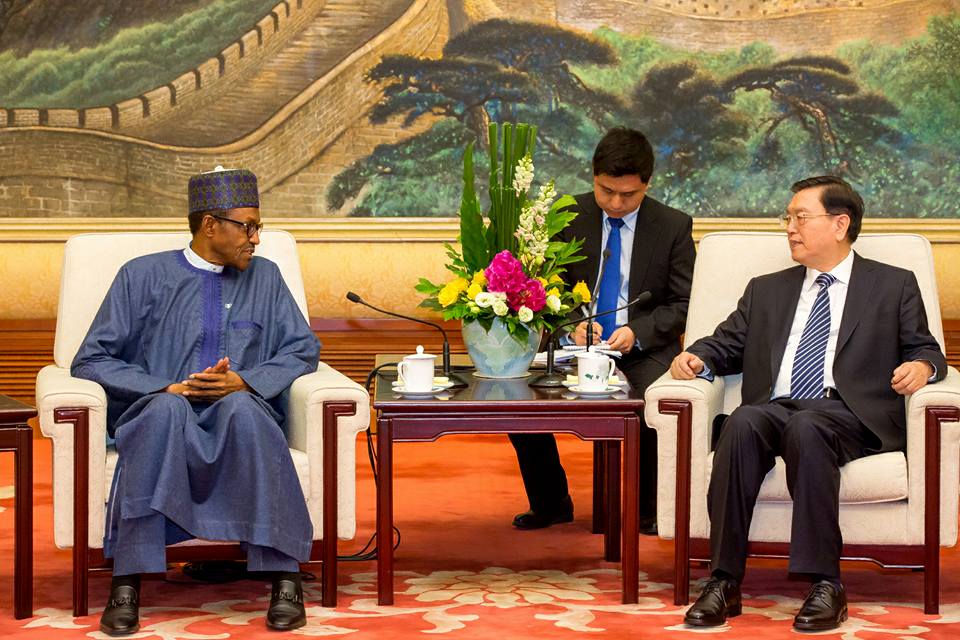From December 3 – 4, 2012, I attended the Branding and Brand Communications Strategy Training Workshop held at Hilton London Kensington Hotel, in London, United Kingdom. It was a great learning and knowledge sharing experience. Shortly after I returned to Nigeria, I wrote this article which was published at the time by some newspapers. The lessons learnt at the Workshop are still useful and relevant for marketing and brand management practitioners which explain why I’m sharing the article again with some editing.
Let us begin by understanding what a brand truly represents. However you choose to define a brand, because there are a multiplicity of definitions, a brand, from my personal knowledge sharing experiences, is a statement of promise that earns the trust of the consumer. What is important here is keeping the promise otherwise the brand is asking for trouble.
The key to building a great brand is getting the customer to come back and one way we can achieve this goal is by establishing a strong emotional bond between the brand and the consumer. A brand can be a product, service, personality, city or country. A brand must be easily recognisable like Coca-Cola, Apple, Red Cross, Barrack Obama, Nelson Mandela, London, Lagos or the United States of America.
The perception of a brand is as good as reality because front of mind awareness is measurable. The choices that we make are usually a function of how well a brand has established its credentials in the minds of consumers. Brands will stay with us for the following reasons: ownership, honesty and trust, assurance and quality, longevity and loyalty, power and profit and, finally, emotional and value needs.
Advertisement
When you go into a shopping mall like Shoprite , there is a reason to believe that what you are buying in any of the shops is of “great quality” and at the “right price”, and that emotional satisfaction is what we need to make a purchase. It does not matter whether it is the Shoprite located in Ikeja or Lekki or outside Lagos – the feeling conveyed is the same. This is what “branding”does to us; it clones our sensory organs and limits our choices to what we perceive will deliver “distinctive benefits” or “value for money”.
If you ask for the price of a Rolex wrist watch, you do not expect it to be cheap, otherwise you would conclude that it is a fake Rolex. This is how we perceive the value of a Rolex wrist watch. However, the truth of the matter is what is in the mind of the consumer is that people who wear Rolex wrist watches are successful people; it is a symbol of prestige and achievement for those who have “arrived” as the street lingo goes.
The consumer would like to buy what he/she knows and trusts, although price may become a discriminator. Every brand has its own audience and value proposition; a brand must have the power to change or influence consumer behaviour. For example, Primark in the UK is a retail fashion outlet known for bottom of the fashion price chain, but this does not mean that their products are useless; instead Primark appeals to a certain category of customers because of their affordable price range, just as we had with Mr Price fashion outlets in Nigeria with low prices that kept customers coming.
Advertisement
On the other hand, Tesco, the supermarket chain, has a value range of products which is priced at a premium with its customers because they have been able to earn the value proposition of quality and convenience. Virgin Atlantic is a youthful, hip airline. Indeed, Virgin brands, as personified by the avant-garde billionaire entrepreneur and founder, British-born Richard Branson, are ambitious and fun-driven. Red Bull is an energy drink for young people. The value proposition here is that Red Bull represents convenience (energy in a can) and revitalisation. Let us just say its a “cool brand”.
In building a great brand, we must understand that the proposition plus personality makes the brand. Here, the product is the proposition whereas the values and character shape the personality of the brand. When a brand creates a set of values, it should not change over time because these values keep the brand going. For example, Coca-Cola is known for great taste, Apple for innovative products, Red Cross for humanitarian service and Volvo for safe driving.
We can therefore say that a brand is a name that stands for something positive in the minds of its target audience, according to branding experts Al Ries and Laura Ries (father and daughter), best-selling authors of ‘The 22 Immutable Laws of Branding’ and ‘The Fall of Advertising and the Rise of PR’ . By ‘’positive’’, we mean a consistent set of values that resonates with the consumer over time. Nigeria, for example, can become famous as the food basket of Africa or the “Silicon Valley” of Africa.
One good reason consumers trust their brands is because of “consistent quality”. People die, but brands live on. What’s the point of acquring knowledge if we do not pass it on? Unless you communicate the values of your brand, the brand dies when the vision driver dies. A brand must provide empathy and insight; it should also be provocative, inspiring and disciplined. These are personality traits that attract customers. Every organisation should also establish a brand culture for both its internal and external audiences. This brand culture must allign with the big picture (vision/mission statements) of the organisation which is then cascaded into a set of values (personality traits) that would guide its the day to day operations.
Advertisement
You must practice what you preach as a brand. There is nothing wrong when a brand makes a mistake, what is important is how well the brand reacts when a mistake occurs. Brand owners must note that it is forbidden to say, “it’s not our fault”. For example, when Toyota had brake problems with some of their cars, they were honest enough to own up, apologise and recall the affected cars. Through this action of honesty, Toyota was able to restore their pride and earn the trust of their loyal customers worldwide.
As part of the brand building effort, we need to identify the brand key process critical to the success of your brand. They are: market intelligence (what competition is doing); target audience (it’s not about demographics, but about the attitude of the people that buy); insight (market research and understanding how best to deliver on your brand promise); benefits (what’s unique about your benefits, people want brands that would make their lives better); values and personality (what the brand stands for); discriminator (how you stand out from the crowd); reasons to believe (credentials and endorsements) and essence ( a summation of what you stand for).
The process highlighted above is a straight contest between emotional and rational thoughts when the consumer needs to make a decision on which brand to buy. Usually, emotions wins over rational consideration most of the time. How does this happen? The left side of the brain is the logical side while the right side is the emotional side. A great brand must sell to both sides of the brain to win in the market place.
Consumers will go with the brands that they trust and this comes as a result of a unique emotional experience. For eaxmple, Cornflakes will sell for about N1,000 whereas Kellogs will sell for about N1,500. Both are functional brands but emotionally, more consumers will buy Kellogs even though it costs more. In Nigeria, some of the most easily recognisable brands are Star lager beer, Heineken, Gulder, Guinness stout, Cowbell Milk, Peak milk, Toyota, Honda, Mercedez Benz, BMW, and so on. In sports publishing, CompleteSports would easily come first in terms of top of mind awareness. As for telecom brands, MTN, Glo, Airtel and 9moblie are easily remembered.
Advertisement
These brands engage in a series of activities in order to register their presence in the consumers’ minds and gain competitive advantage. These activities include a mix of advertising, public relations, sponsorship, one-to-one marketing, word of mouth, mall and street marketing, trade and road shows, influencer campaigns, consumer promotions, multi-cultural events, hospitality programmes, flash mobs, live entertainment and so on.
Going back to our Rolex wrist watch case study, research has shown that its personality traits are ambitious, imaginative, meticulous, adventurous and disciplined while its value propositions are philanthropy, integrity, style and status. What would you say about some of the other leading brands in the world? Each one of them has personality traits and value propositions which represent the totality of their make up in terms of brand image.
Advertisement
Additionally, the brand values and personality should be evident in the look and feel of the brand. It begins with a brand name, colour, logo, font, strapline, etc. It could be the smell of a car or the scent in a shop or hotel; it could be a familiar ring tone of a mobile phone (e.g the famous Nokia, especially the 3310), or the visual representation of an Apple store. Take a look at all the shops on Oxford Street in London or Allen Avenue in Ikeja, Lagos – they are deliberately designed to seduce you and make you walk into the shop. Brand owners also assist you with a short cut to make quick decisions through easy memory recall. Nike, Addidas and Apple are good examples with their symbols which are known as ‘isomatic markers’. The flag of a country is another good example of an isomatic marker. Once you see our green-white-green flag, it signifies the Nigerian identity while the Union Jack represents Great Britain. Isomatic markers can be communicated through sight, sound, smell, taste or touch experiences.
We cannot ignore the power of the internet and social media in brand building. We recognise that Facebook and Twitter have also become powerful engagement platforms for e-commerce and news on brands, whether good or bad, go viral with a touch of the botton. Clearly, brand owners should leverage the digital media to their own advantage.
Advertisement
Finally, loyalty, not profit, is the long term brand builder, and what delivers profit is loyalty. Retaining your employees and customers is the surest way of growing your business and profit. New customers cost more than existing customers, so it makes sense to retain existing customers while wooing new customers.
The loyalty we are talking about can be achieved through the power of engagement – reaching out to your customers through touch point experiences or centres of excellence. Customers want three things, namely: price, speed and quality and they can have all three by creating the desired customer experience which leads to a great brand building effort.
Advertisement
Ultimately, a great customer experience can be created through a combination of things that make it magical and memorable – brand culture and advocacy. In one Harvard study report, it was discovered that the internal order of importance for delivering great customer experiences is people (internal customer), operation, customer and profit. The report showed that the survival of any organisation rests squarely on the shoulders of the people while the profit motive was ranked last.
– Braimah is a public relations and marketing strategist based in Lagos
Views expressed by contributors are strictly personal and not of TheCable.
Add a comment







